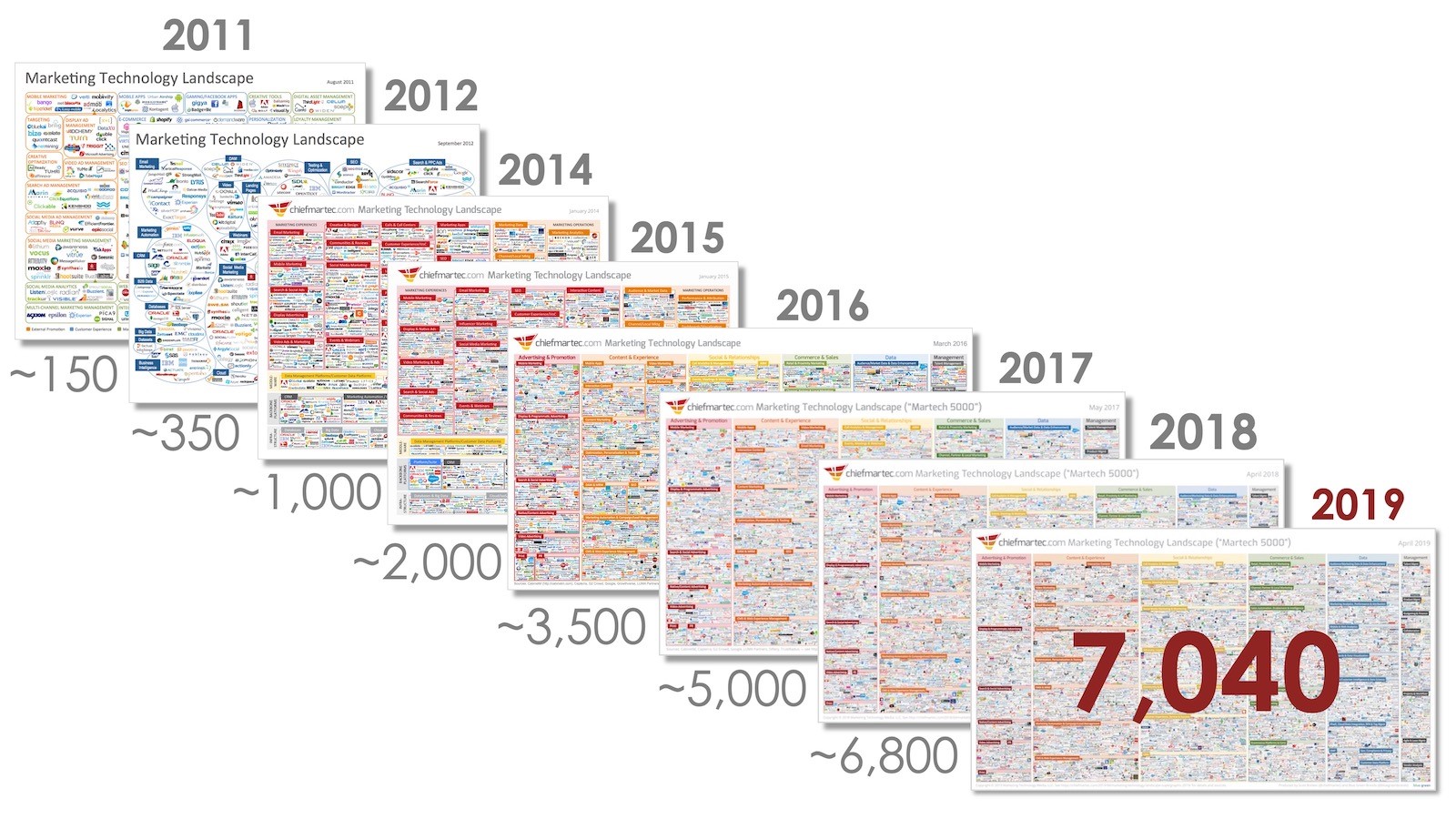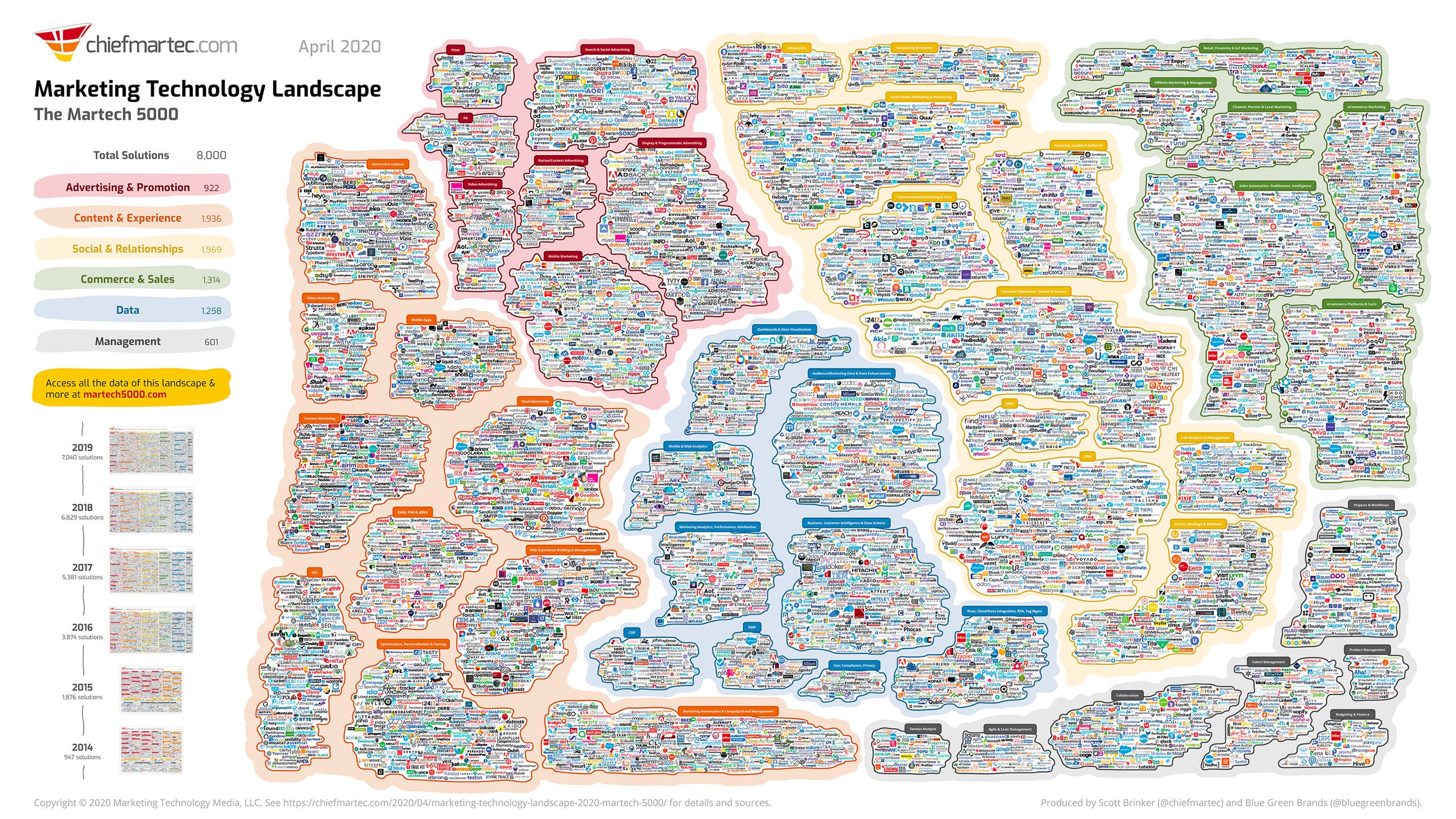The 2008-09 Global Financial Crisis (GFC) changed the way we as buyers behaved and therefore changed the way marketers responded and functioned in the 21st century. What can we learn from the GFC, and how can we apply what we learn to today's situation? Then how can we position our businesses so that we can take advantage of what we learn to help us respond better and recover faster?
First, let's look at the changes post-2008
Let's do a mini time warp back to when marketing budgets shrank overnight, and marketing departments shrank in size. It was also a time when sales and service teams found themselves smaller and under pressure. As a marketer at the time, you had to justify your existence. You had to prove that your budget was having a positive impact on revenue. It was a time when marketers were asked to do more with less, much less.
Buyer behaviour changed significantly over the period post the GFC. One of the most noticeable trends was interruptive forms of marketing became less effective. Pay-per-click advertising, cold calling, TV advertising and such became less effective as people found ways of blocking and switching off to these types of outreach. That's not to say these things don't deserve a place in a modern digital marketing arsenal; they need to be part of your go-to-market rather than be your go-to-market. For example, pre-GFC I spent 70% of my IT services company's marketing budget on Google Ads (then Adwords), to great success. After the GFC we reduced that spend to 10%.
One of the ways marketers responded to the challenge was to use content to attract prospects to their websites, convert them into leads and nurture them through their buyer journey. In some circles, this is called inbound marketing. Inbound marketing as a concept was first outlined in a book by Brian Halligan and Dharmesh Shah, the co-founders of a then little software company based out of Boston, called HubSpot.
A clunky piece of marketing software (that did a couple of things well) enabled their inbound marketing process. It helped marketers capture leads by using a combination of content offers and landing pages, then automate email marketing in a drip-feed manner, designed to help move buyers down their buying cycle.
When evaluating the software back in 2011, I thought "there's something here. There's something I understand given my previous background in technology. There's a channel structure that will enable me to sell a product and build a service around it and grow a business as HubSpot grows. I'll be able to build a business that delivers massive value back to my customers off the back of this software."
But HubSpot wasn't the only technology being developed for marketers. Take a look at Scott Brinker from ChiefMartech.com's now-famous infographics. Back in 2011, there were about 150 apps available to help marketers do more with less. In 2019, it topped out at around 7000 apps.

Fast forward to 2020, and his latest iteration has more than 8000 applications listed.

How will we do more with less now?
So, what's the point? Well, as marketers, we have a plethora of marketing tactics available to us in our digital arsenal. We have inbound marketing, content marketing, SEO, PPC, Social Media, account-based marketing, multi-channel marketing, the list goes on. But, to do more with less, we will need technology to do things for us.
It's technology that has the power to help marketers convert more prospects using bots and AI or nurture their prospects through their buying cycle with automated emails.
It's technology that will help your (now smaller) sales team reach many more potential accounts by automating their outreach as part of their account-based marketing approach.
It's technology that will help your customer services team by building a scalable support function that balances elements of self-service using bots, email automation and the right amount of human touch.
Right now, as businesses, we need to answer three questions:
- How do I make sure that I can do more with less, right now?
- How do I make sure that in doing more with less, I set my business up for success when the recovery comes?
- Not only that, but, how will my business beat the recovery curve?
Context. Day Zero, enter stage left, COVID19.
We're standing at a point where an unprecedented event will reshape how we, as marketers, salespeople and service delivery professionals think about what we do and how we do it in the future.
COVID19 has changed the game in a way the 2008-09 GFC could never have seen coming. I thought Brexit was a shit storm. This is at a whole new level. The UK economy is predicted to shrink 14% this year: the deepest recession ever.
So how will we deal with this now and what will drag us kicking and screaming out the other side?
The answer is simple. It's not what we do. It's the way that we do it. The answer is in the technology that enables us to "Get. Shit. Done." We need to use that technology to transform and digitise the customer experience.
So, how do we do it? Think platform first.
We probably fall into several different technology camps.
- Some of us have heard about this "digital stuff" but have been slow to move and take advantage of digitising aspects of our businesses.
- Some of us have slowly felt the onset of technology creep in our businesses and built a hodgepodge of a technology stack that is likely to be tenuously strung together by bits of string (I'm looking at you Zapier).
- Some have bought big brand names because no one ever got fired for buying IBM… or Salesforce or Microsoft.
- Some of you may have bought HubSpot, our platform of choice, and you're not getting the results you expected or you under-invested and don't have all the technology to hand that you need.
What is a software platform?
A software platform in the context of this article is a system of software and resources around which you can stabilise your business. It's about software that will form a foundation upon which you can become more efficient in the short-term. It must allow you to do more with less, and it will be a springboard for growth in the future. It is the system you will use to digitise the customer experience by connecting your website and marketing to your sales and customer service, and most importantly, it will be the new core of your business.
Stephen Covey once said in his "Seven Habits of Highly Successful People" book:
"People can't live with change if there's not a changeless core inside them."
This software platform is going to be your business's "changeless core."
But Craig, software changes all the time? How will this software be a changeless core?
Well, software, in a platform environment, must change and adapt to the user's requirements. It must develop over time, or it will no longer be fit for purpose. The software you choose must be at the core of your business and as such, must change. Choose software that is always being developed, extended and improved so that you satisfy all your use cases now and those you can't predict coming in the future. Make sure the software you choose can connect to other software that you require to run your business through an open API.
At Struto, we choose HubSpot. That little software company from Boston that was the home of inbound marketing now has over 70,000 customers. It has gone from being an average marketing tool to an enterprise-class website, marketing, sales and service platform. By using HubSpot effectively, you have the tools you need to transform your customer experience today and set your business up for success in the future.
Let's get to it.

